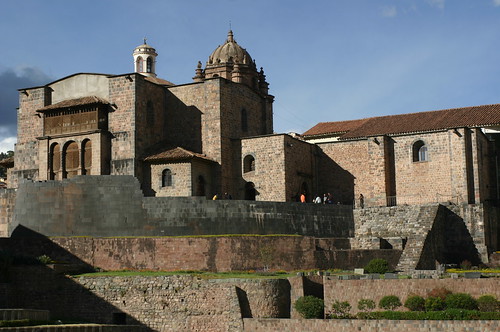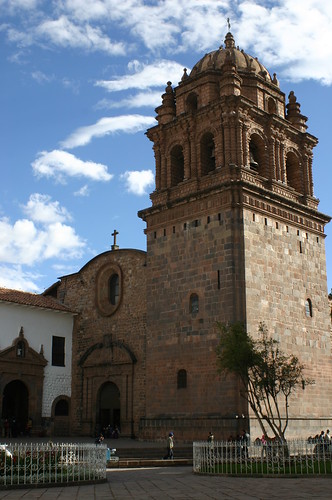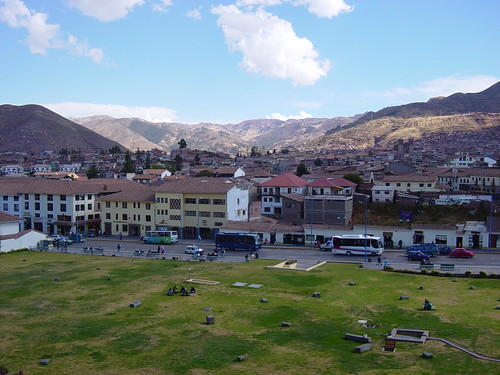
Cuzco or Cosco, the «navel of the world, contains endless wonders, many of them come from the old days, when the powerful Inca dynasty ruled the lands of Peru and much of South America. One of these palaces, but largely lost already, is what was known as «Temple of the Sun» or Inticancha.
Koricancha remains of the convent of Santo Domingo
This magnificent palace or temple also called Koricancha del Sol (Sun temple also known) was formerly on the site now occupied by the church and convent of Santo Domingo, built by the Spanish conquerors.
The Sun was the deity who as everyone knows, was the supreme deity of the ancient Peruvian Inca Empire and the church was represented by a large gold disc, according to the chronicles, accounted as the spoils of the Spanish conquest Mancio Sierra Leguizamo, a character in the end he lost the same night in a game of chance.
The square is now called the Santo Domingo and was once the Inti pampas (plains of the Sun) was the place for the people, while the chief priest Huillac Huma or sacred rituals practiced within the enclosure.

The Temple of the Sun or Inti Cancha was the largest of its kind in importance not only in Cuzco but also throughout the empire. One of the most prominent chroniclers, Inca Garcilaso de la Vega said that «everything said by all the chroniclers not be enough to convey the magnificence of this temple.» As could be calculated and according to the chronicles was about four hundred paces in circuit, protected by high stone walls perfectly carved. The cornices of the temple walls and internal walls were covered with gold plates, inside and out. The contrast with the splendid roof of the building because it was straw. In the far east, the large solar disk and near him were the mummies of the Incas who ruled Tahuantinsuyo.
Around the courtyard of the monastery today, were the other buildings for minor cults. In this sanctuary not only worshiped the sun, were also worshiped the moon goddess (kill), stars (koyllor), thunder (conununoj). Lightning (illapa) and rainbow (Kuichi); proof of this if we go up the stairs leading to the upper monastery are the remains of what was once the sanctuary of the Moon whose length was 51 by 26 feet.
The Shrine of Stars, located on the west gallery of the convent, has the same proportions as before. In this shrine has seen the presence of niches that the chronicler Garcilaso calls tabernácu] and that you follow the opinion of Dr. Uriel Garcia would have to assume they were podium of honor, who lined with plates of gold and precious stones, must have a singular brilliance as a decorative element.
A latent and clear today is the old «drum» or parabolic tower, a magnificent building in high-quality polished stone on which they have built a series of Moorish arches and serves as a support for the apse of the colonial church.

Good travel!
Leave a Reply
You must be logged in to post a comment.
Recent Comments